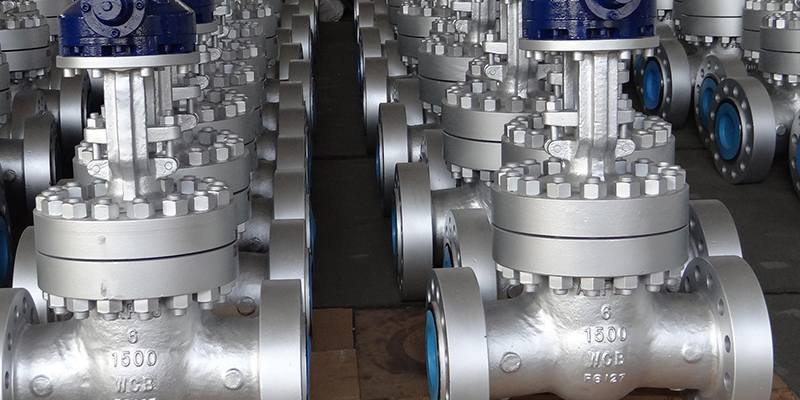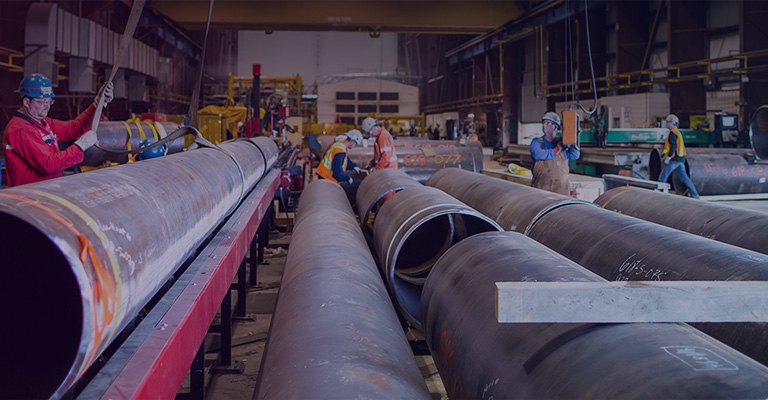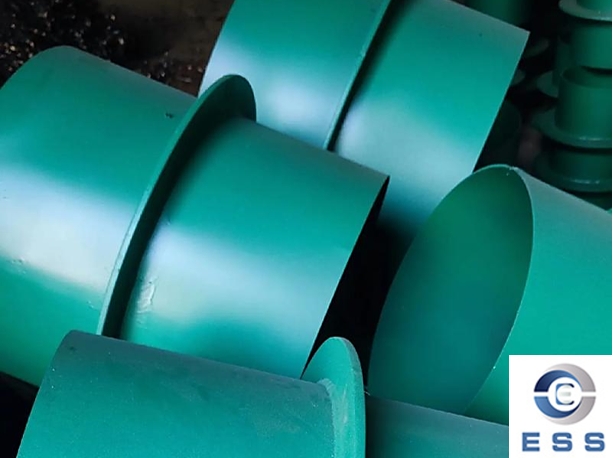Mild steel tube heat treatment process

Quenching
Quenching is an important process in the heat treatment of
mild steel tube. Its purpose is to heat the mild steel tube to a certain temperature and then cool them rapidly to obtain higher hardness and strength. During the quenching process, the mild steel tube is heated above the austenitizing temperature. At this time, the internal structure of the steel pipe changes, transforming from the original pearlite and cementite to austenite. This structure has higher hardness and strength. During the rapid cooling process, austenite quickly transforms into martensite. Martensite is a high-strength, high-hardness structure that can further improve the mechanical properties of mild steel tube.
The following points need to be noted during the quenching process:
1. Heating temperature: During the quenching process, the mild steel tube needs to be heated to a certain temperature. The determination of this temperature needs to consider the material, specifications, wall thickness and other factors of the mild steel tube to ensure that the internal structure of the mild steel tube is fully austenitized. Generally speaking, the quenching temperature of carbon steel is between 800 and 900°C, and the quenching temperature of alloy steel will be higher.
2. Cooling rate: An appropriate cooling rate needs to be selected during the quenching process to ensure sufficient and uniform structural transformation inside the mild steel tube. Generally speaking, the faster the cooling rate, the more complete the structural transformation inside the mild steel tube, but it will also increase the risk of deformation and cracking of the mild steel tube. Therefore, it is necessary to select an appropriate cooling rate based on the material, specifications, wall thickness and other factors of the mild steel tube.
3.Medium selection: It is necessary to select a suitable cooling medium during the quenching process to avoid problems such as cracks and deformation of the mild steel tube during the cooling process. Commonly used cooling media include water, oil, salt bath, etc., which need to be selected according to factors such as the material and specifications of the mild steel tube.
Tempering
Tempering is another important process for the heat treatment of mild steel tube. Its purpose is to reheat the quenched mild steel tube to a certain temperature and cool it to room temperature after a certain period of heat preservation to reduce the hardness and strength of the mild steel tube. And improve its toughness and corrosion resistance. During the tempering process, the quenched martensite structure gradually decomposes and transforms from high-strength, high-hardness martensite to a low-carbon alloy steel structure with good hardness and plastic toughness in low-carbon steel. This structure has good toughness and corrosion resistance, which can further improve the service life and safety of mild steel tube.
The following points need to be noted during the tempering process:
1. Heating temperature: During the tempering process, the mild steel tube needs to be heated to a certain temperature. The determination of this temperature needs to consider the material, specifications, wall thickness and other factors of the mild steel tube to ensure that the internal structural transformation of the mild steel tube is sufficient and uniform. . Generally speaking, the higher the tempering temperature, the lower the strength and hardness of the mild steel tube, and the better the toughness.
2. Heating time: During the tempering process, it needs to be kept at a certain temperature for a certain time to ensure that the internal structural transformation of the mild steel tube is sufficient and uniform. The determination of the heat preservation time needs to consider the material, specifications, wall thickness and other factors of the mild steel tube to ensure that the mild steel tube has good comprehensive performance during use.
3. Cooling rate: The cooling rate needs to be controlled during the tempering process to ensure that the structural transformation inside the mild steel tube is sufficient and uniform. Generally speaking, the slower the cooling rate, the lower the strength and hardness of the mild steel tube, and the better the toughness.












 Eastern Steel Manufacturing Co.,Ltd not only improve product production and sales services, but also provide additional value-added services. As long as you need, we can complete your specific needs together.
Eastern Steel Manufacturing Co.,Ltd not only improve product production and sales services, but also provide additional value-added services. As long as you need, we can complete your specific needs together.










